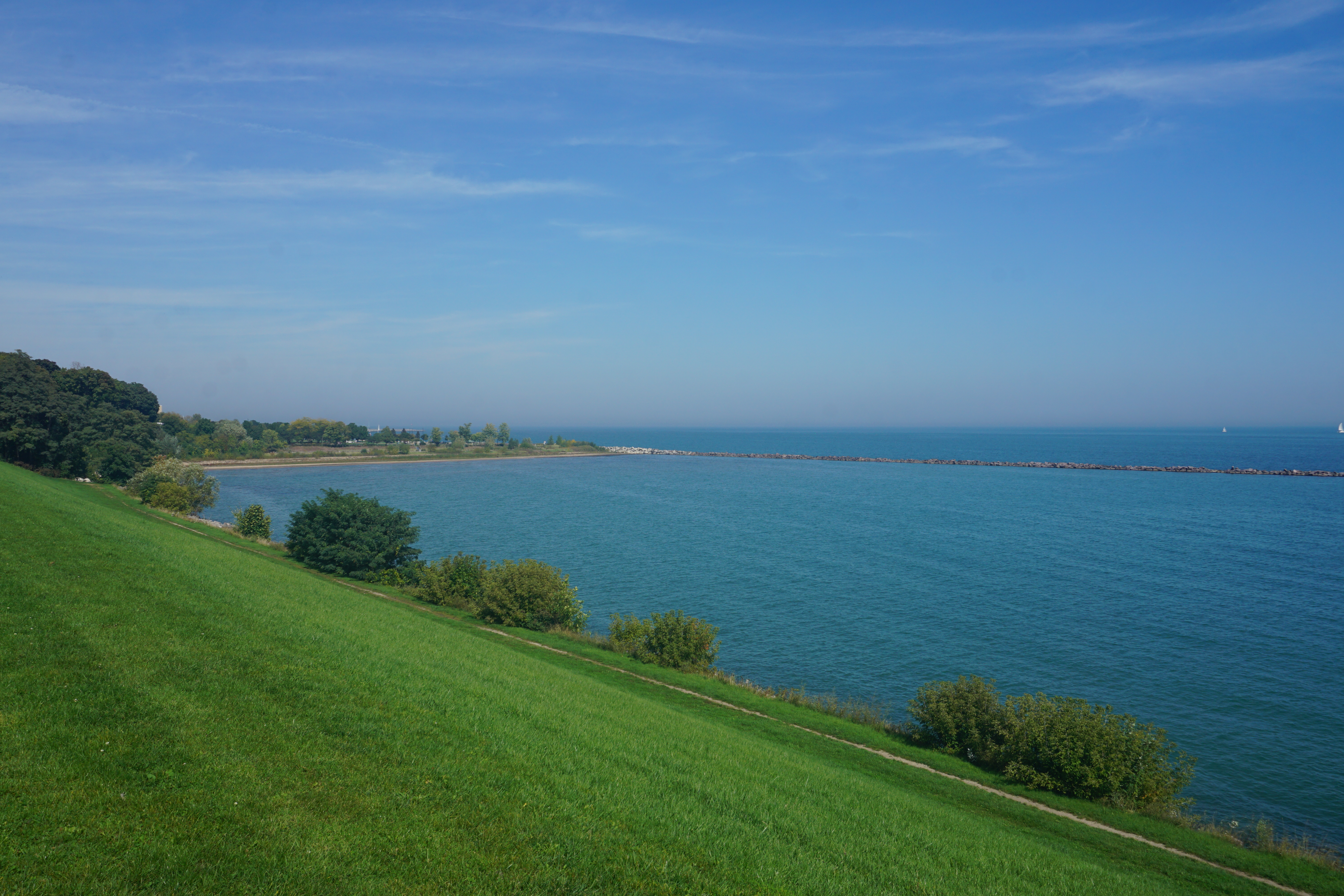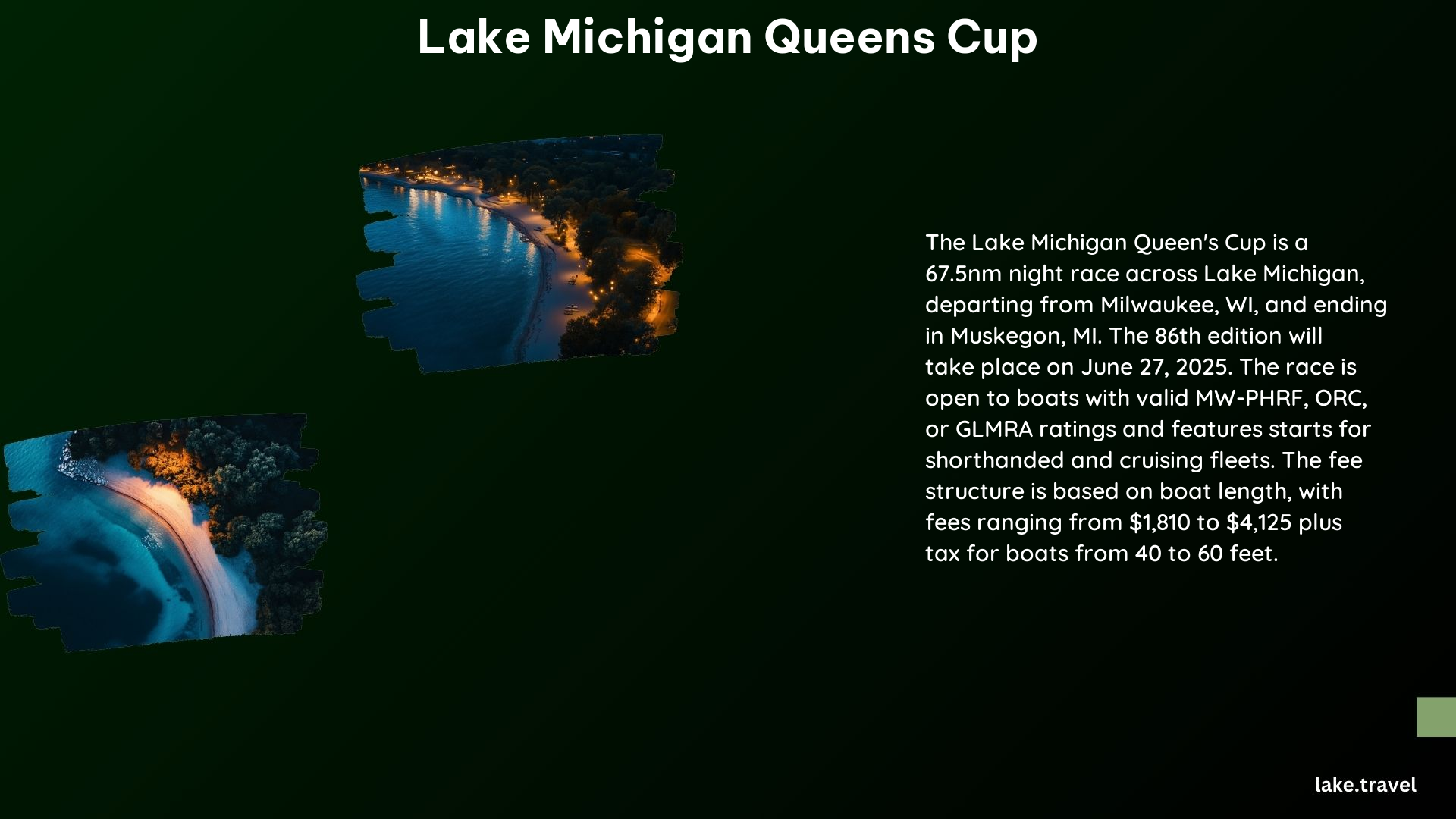The Lake Michigan Queen’s Cup is a renowned annual yacht racing event that has captivated sailing enthusiasts for decades. This prestigious competition, held on the vast waters of Lake Michigan, attracts skilled sailors from around the world, showcasing their seamanship and the power of their vessels.
History of the Queen’s Cup Trophy

The Queen’s Cup trophy has a rich and storied history, dating back to 1853 when it was awarded to the American racing sloop Silvie for her outstanding performance in a regatta off Cowes, England. The cup was later brought to the New York Yacht Club and eventually found its way to the South Shore Yacht Club, where it has been used as a trophy for the annual Queen’s Cup Race since 1938.
Typical Weather Conditions

The Queen’s Cup Race is a night race across Lake Michigan, typically taking place in late June. The weather conditions during this time are usually mild, with average high temperatures ranging from 75°F to 85°F (24°C to 30°C) and average low temperatures ranging from 55°F to 65°F (13°C to 18°C). However, Lake Michigan is known for its unpredictable weather, and participants should be prepared for varying wind and wave conditions. Sudden storms, shifting winds, and choppy waters can present unique challenges for the sailors, adding to the excitement and thrill of the race.
Eligible Boats
The Queen’s Cup Race is open to a wide range of boats, including those with a valid Midwest Performance Handicap Racing Fleet (MW-PHRF) rating certificate, ORC rating certificate, GLMRA certificate, and one design boats that meet eligibility requirements. The race includes starts for shorthanded fleets (with a limit of two crew per boat) and cruising fleets for non-spinnaker monohulls. One design boats such as the GL52, J/111, Beneteau 40.7, Beneteau 36.7, and Tartan 10s are also encouraged to participate, adding to the diversity and excitement of the event.
Fee Structure
The fee structure for the Queen’s Cup Race is designed to be accessible for a range of boat sizes, making it more affordable for smaller boats. The fees include:
| Boat Length | Slip Fees |
|---|---|
| 40 ft | $1,810 plus tax |
| 45 ft | $2,315 plus tax |
| 50 ft | $2,870 plus tax |
| 60 ft | $4,125 plus tax |
In addition to the slip fees, there are also dockage and derrick fees of $1.65 per foot for non-members and $1.15 per foot for members. Additional fees may apply for dry sail, dinghy rack, tender service, and winter storage.
Registration and Schedule
Registration for the Queen’s Cup Race is typically open several months prior to the event. The race departs from Milwaukee, WI, and finishes at a point in Michigan, usually South Haven or Muskegon. The exact schedule and course may vary from year to year, so it’s important for participants to stay informed and up-to-date on the latest information.
The Queen’s Cup Race is a true test of sailing skill and endurance, as crews navigate the unpredictable waters of Lake Michigan under the cover of night. The event has become a cherished tradition for sailing enthusiasts, offering a unique and thrilling experience that showcases the best of the sport.
